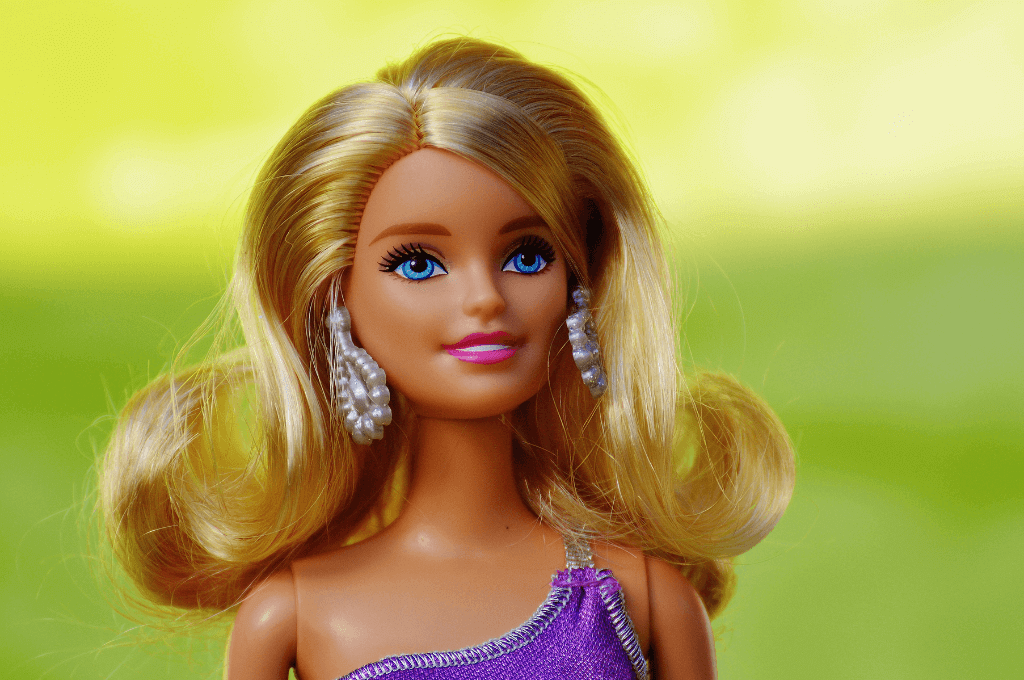Barbie, the famous 29cm blonde doll, has over time come to be one of America’s most prominent brand. In 2022, her merchandise was estimated to reach US$1.5 billion in global sales and brand value of about US$590 million. Despite this immense success today, when she was first introduced to the toy market she had a hard time getting accepted due to reluctance from the industry.It’s been 64 years since the iconic Barbie doll made her debut on March 9, 1959 at the New York International Toy Fair. She has captivated generations since and remains to be a subject of fascination among sociologists, psychologists and cultural critics alike.
Barbie’s been revered for empowering young girls, yet is seen as setting an unrealistic standard for women’s beauty. For over fifty years, the doll has maintained its beloved status in the industry and continues to remain a top-selling toy. With great care taken in promoting it, Barbie holds a special place in hearts of fans all ages. It has been designed for kids aged 3 and above.
Also Read: Best Marketing Strategy to Promote a Local Business
Mattel has adopted a ‘multiply’ approach with Barbie, introducing numerous characters to act as her companions in her constructed universe. Barbie’s connection to her family and companions has been illustrated in the past through characters like Ken (1961), her sister Skipper (1964), Midge (1963) and Christie (1968). Notably, Christie was the first black Barbie character to be featured. Characters in Barbie’s stories and their unique personalities help keep the brand top-of-mind. To further publicize the brand, Mattel has successfully implemented storytelling strategies. For example, they announced that Ken & Barbie had parted ways on Valentine’s Day 2004 – this resonated with many people and maintained interest in the brand.
Mattel has sustained Barbie’s brand longevity by extending it into new types of products beyond dolls, such as clothes, accessories, cosmetics, and entertainment (music, movies, and games). The famous Barbie brand name has made its way into many different profitable markets, and its first big-budget live-action movie is expected to be shown in theatres on July 2023. Greta Gerwig, the same director who gave us Little Women (2019) & Lady Bird (2017), will be directing this movie as well. With its PG-13 rating, Mattel’s movie could cater to a variety of audiences, both young and old. This strategy is likely to attract consumers who have fond memories of the toy company’s products.
Mattel has cleverly capitalized on the nostalgia factor, targeting adults while also appealing to young girls. This generates trust in the brand and encourages more sales. The nostalgic appeal can definitely have a positive effect on how consumers choose toys. Mattel has launched several designer and limited edition collections of Barbie dolls that are exclusively sold in specialty stores. These items are specifically made for adult fans and have a slightly higher price than the usual Barbie dolls, capitalizing on the nostalgia they evoke. Mattel has done a great job in giving Barbie an image upgrade, reaching new audiences and boosting sales. Despite the success, it can be a risky move to rely too much on stretching the Barbie brand beyond dolls.

















